Commercial Week Day One Review: 2012 Nissan NV Cargo Van

The man-in-the-van makes the world go round but our brothers in white rarely get any love. That’s what this week is all about, it’s TTAC’s first ever commercial vehicle roundup. Plumbers, carpet cleaners, satellite TV installers, couriers, builders, we have heard your cries! Inspired by the lack of decent cargo hauler reviews (one review contained the line: “It has 8 cylinders which makes it a V8” ouch), we have assembled the cream of the commercial crop for your reading pleasure.
Today we have the new comer in the group, the all-new, all-Nissan NV2500 followed tomorrow by GM’s cargo hauler, Ford’s E-Series and Transit Connect and a special left-field review on day 5. Stay tuned! You’re probably thinking I forgot Mercedes’ Sprinter, but I didn’t. Commercial buyers I interviewed thought the Sprinter’s 6-cylinder diesel and high MSRP put it in a niche that didn’t directly compete with the white-vans of America. Can Nissan beat Detroit at its own game?
The NV has an honest-to-goodness hood. This might sound totally banal at first glance, but anyone who has worked on a GM van knows the engine isn’t under the hood; it’s mostly under the dash with a bit inside the cabin. (This is why minor repairs on a GM van tend to start with “first, drop the engine”). The NV looks more like someone grafted a bread van onto a Nissan Titan, which in many ways is exactly what Nissan did. Nissan’s research indicated many owner/driver “man-in-a-van” customers had defected to pickups as the American cargo van has been short on innovation for decades. Available in 1500, 2500 and 3500 variants, the NV uses a heavily modified Titan platform with a beefier frame, recirculating ball steering and heavy-duty suspension. Despite the hefty changes, the NV3500 is only 500lbs heavier than a crew-cab Titan allowing the high-roof NV3500 V8 to sprint to 60 in a rather surprising 7.9 seconds.
Looks aside, there’s a practical benefit to having a hood: the engine isn’t in the footwell. After three weeks driving Ford, GM and Nissan vans back-to-back, the difference in the Nissan was extreme: my size-12s actually fit in the footwell and weren’t cooked to perfection after a 1 hour drive. The NV’s seats benefit from the Titan connection being considerably more comfortable than the competition. Instead of a full-vinyl seat, Nissan opts for a vinyl side bolster and tough fabric, allowing better breathing and increased durability on the edge that gets the most wear. Base S models have standard air conditioning and a CD player while the SV model we drove includes cruise control, power accessories, two extra speakers and parking sensors (a life saver when navigating the high-top NV3500 around the streets of LA).
Plastics are hard, but that’s exactly what you would expect from a work truck, and they didn’t show early signs of wear like the plastics in last year’s Ram 3500. Borrowed from the Versa is Nissan’s “low-cost” navigation system with a 5-inch touch-screen, XM radio, XM traffic, bluetooth and iPod integration for $950. While an aftermarket GPS is about $500 cheaper, the integrated unit works extremely well and is probably one of my favorite factory nav systems. Shoppers should keep in mind that the side-impact curtain airbags are not standard, so if you’re buying off the lot, check the window sticker.
NVs get a choice of engines; the Titan’s 317HP/385lb-ft 5.6L V8 or the Frontier’s 261HP/281lb-ft 4.0L V6. Both are mated to a 5-speed automatic with power sent only to the rear, as Nissan doesn’t have plans for an AWD version right now. The extra cog is a welcome improvement over Ford’s 4-speed auto in the E-Series, but one shy of GM’s new 6-speed in most Express/Savanna models. Absent from the NV is a diesel option, something only GM provides at the moment. Nissan claims the NV will meet or beat GM and Ford’s MPG numbers, but that’s not really saying much when the competition runs around 10MPG.
The NV’s V8 is a thirsty companion, averaging around 13MPG in mixed driving and 14-15 on the highway, which merely matches GM’s 6.0L V8. This is an issue for large fleet operators as gas prices climb. If you can give up a little power, GM’s 4.8L V8 equipped van delivers 14/19MPG which beats the V8 NV handily.
Instead of offering the NV in different lengths, Nissan decided the sky was the limit and offers two different heights. In order to compare the NV with the ubiquitous GM boxes, I dropped by Coit Services and snagged a 3500 series extended van. The difference was enlightening. Outside, the NV is about as long as the extended GM van, but interior space is similar to the GM regular wheelbase version. The optional high-roof makes no difference when it comes to jamming long ladders into the vehicle, but the 6-foot 3-inch ceiling height makes working inside the van a far less back-breaking. Depending on your business model and the length/height of your cargo, this $2,550 option may be worth it, especially considering GM/Ford high-top conversions usually don’t increase the height of the doors. Just be careful with those short parking garages.
As I had to fly to Los Angeles to pick up the NV, I had a 5-hour journey back to San Francisco to become acquainted with the NV. On the highway, the NV impressed with light steering effort but very straight tracking making highway miles easy to deal with. I’d like to say we tested the handling limits of the NV, but Nissan said they would rather we didn’t flip the only van they had in California. Absolute limits aside, the NV drives more like a large SUV than I expected. You can thank the 385 lb-ft of torque for making freeway on-ramps and merging an easy task. Nissan rates the payload capacity at a healthy 3,925lbs for the standard roof NV3500 and 3,637lbs for the high roof model we tested. If towing is your thing, the NV will haul 9,500lbs when V8 equipped and 7,000lbs with the V6. In comparison, GM’s 3500 series delivers 4,394lbs of cargo capacity and a 10,000lb tow rating.
Pricing is a difficult discussion when it comes to a commercial vehicle. While we all know that there’s usually some good money on the hood with the American products for a single purchase, fleet buyers get manufacturer rebates for purchasing certain numbers of vehicles. While I was unable to get specific numbers from Nissan, I am told that fleet buyers should expect around $700 back with a minimum purchase of three NV vans and around $2,000 for 25 vans plus the usual bevy of enticing freebies.Apparently, domestic brands typically offer a larger rebate. If you’re a man-in-a-van, fleet discounts don’t matter, but the $24,950 base price of the standard roof NV 1500 which is a hair cheaper than the $25,090 base price of the Chevy Express.
For large volume fleet buyers, GM’s longer and larger cargo area, steeper discounts, a wider variety of engine choices and low repair costs probably trump things like driver comfort, well thought out features, and an engine that’s easy to work on. However if you own and operate your own van (or you care about the comfort of your employees), the Nissan NV delivers driver-oriented features that simply can’t be beat by the competition. With the NV , Nissan has created a solid work van that would be my choice for a daily driver, and with the recently announced passenger version of the NV, a van that has definitely put the Americans on notice.
This is part one of a five-part series on commercial vehicles. Click the links below for the others in this series
2012 Chevrolet Express / GMC Savana
Nissan provided the vehicle, one tank of gas and insurance for this review. Nissan did not however pay the cost of the round-trip Southwest Airlines flight to Los Angeles to pick up/deliver the NV.
Statistics as tested:
0-30: 3.010 Seconds
0-60: 7.96 Seconds
¼ mile: 15.98 Seconds @ 91.9MPH
Average fuel economy: 14.2MPG over 950 miles (est: 12/17MPG low roof, 14/19 V6)

More by Alex L. Dykes
Latest Car Reviews
Read moreLatest Product Reviews
Read moreRecent Comments
- Hari Your route home sounds like the perfect stretch for a car like the Alfa Romeo Giulia. Its renowned handling and dynamic performance make it an ideal match for those curves. For enthusiasts or potential owners interested in understanding all the capabilities of the Giulia 2017, the owner’s manual is an invaluable resource. Check it out here: https://chatwithmanuals.com/automobiles/2017-alfa-romeo-giulia-owners-manual/. Our AI-powered chat makes navigating the manual simple, helping you quickly find specific details about the car's features and specs. Perfect for making the most out of those driving moments and truly understanding your vehicle!
- Dale I'd consider the RAV4 if the Prime were on the table as paying for gas is for suckers. Otherwise, we have a couple of Mazdas and they are swell. I've driven older versions of both and the CX-5 is a nicer place to live.
- Haran Spot-on review of the Mercedes-AMG GT’s price adjustments and new features! For those intrigued by the all-wheel drive and enhanced features of the latest model, you can delve deeper with the complete operator's manual available here: https://chatwithmanuals.com/automobiles/mercedes-amg-gt-operators-manual-edition-c2020/. It’s a fantastic resource for understanding all the specs and new additions without getting bogged down by the complexity typically associated with car manuals. Chat with the manual using AI to quickly find exactly what you need to know about this sporty beast. Perfect for those who appreciate detailed insights on their luxury investments!
- Flashindapan Beautiful color combinations. I assumed they stop selling the TT here at least five or six years ago.
- Carson D Just don't be the whistleblower who reports on the falsification of safety data. That's a deadly profession.



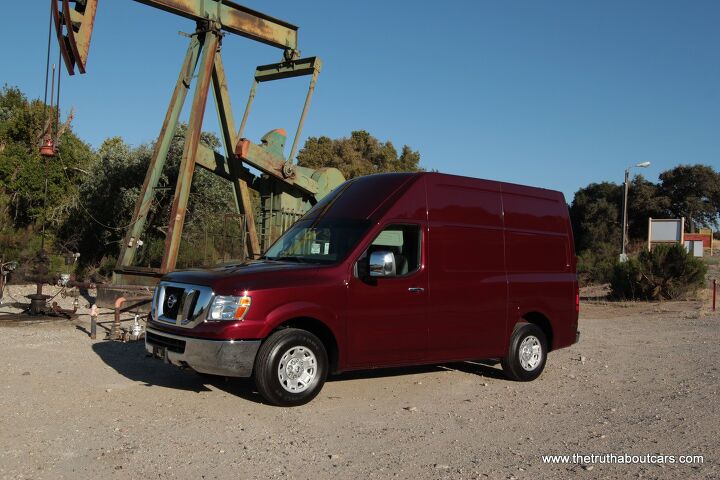





















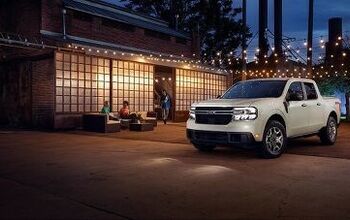
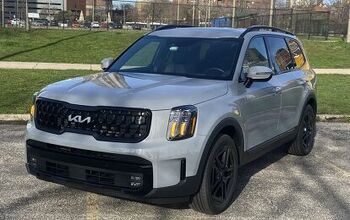
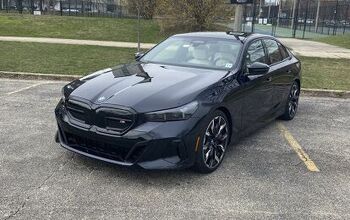
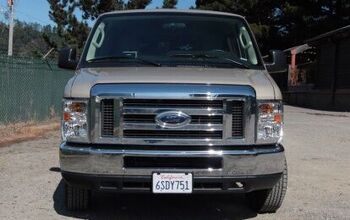

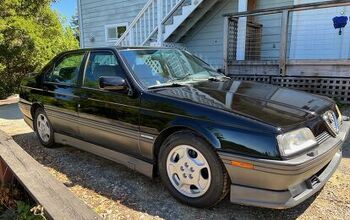
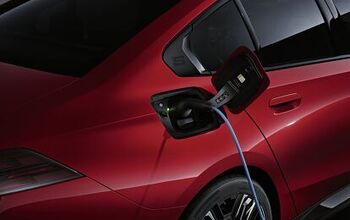
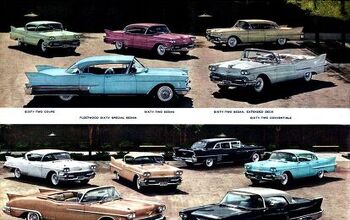

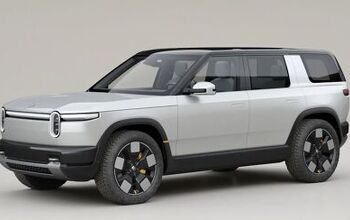
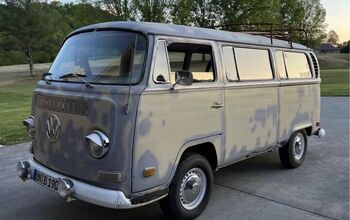
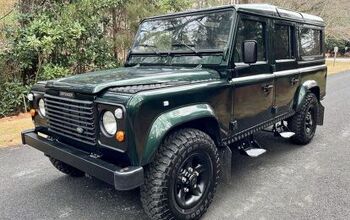

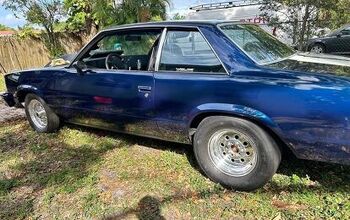
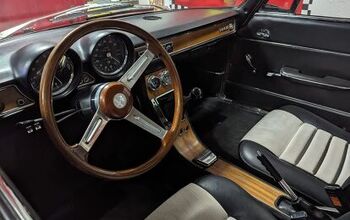

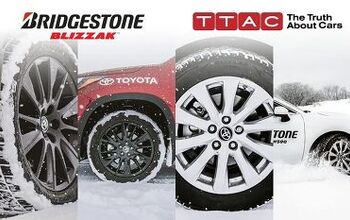
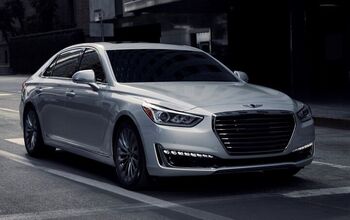
Comments
Join the conversation
Somebody please explain to a European why a working commercial vehicle like this needs a gas guzzling V6 and V8 engine? These vehicles aren't about performance. They're about efficiency and low costs for operators so I would think an economical yet torquey and powerful 4/5/6-cylinder turbodiesel would be ideal.
I agree with the review, some drawbacks are the accessories. The ladder rack can be too short and you rub the ladder on the roof. The drawers can have the disadvantage of rolling out on turns, they lock closed with a key. The parts bins can be too shallow and mix parts on bumpy roads. Review the accessories in person before purchasing them.